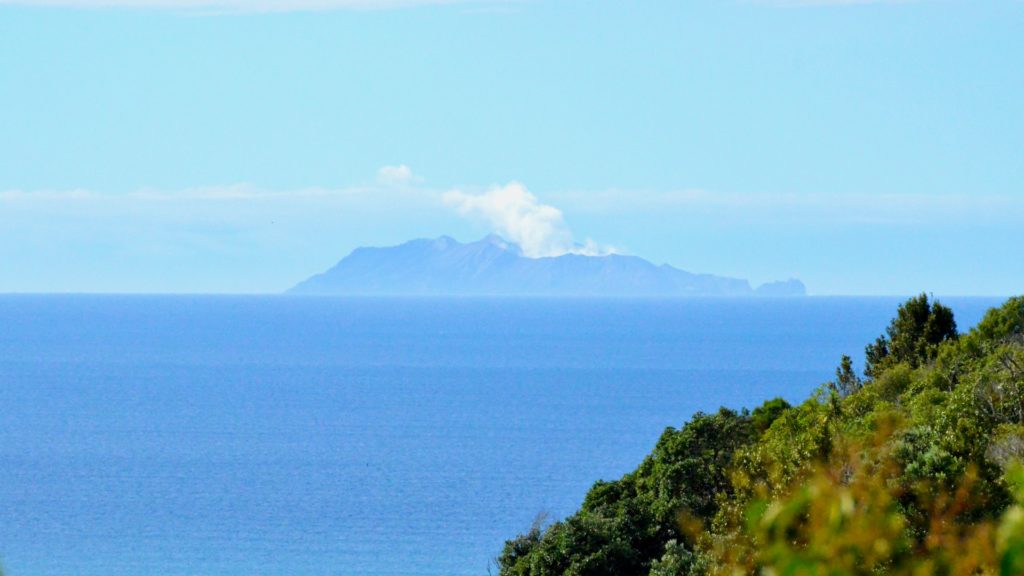Also known as White Island, located on the Bay of Plenty, Whakaari is situated on the north of the north island, around 30 miles from the coast.
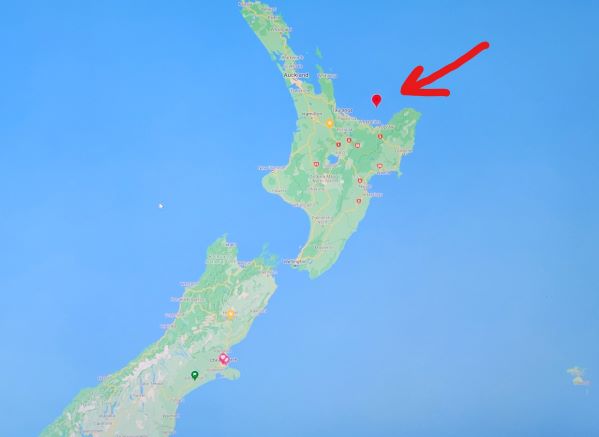
This volcano is an active andesite stratovolcano. Volcanic rock is formed by lava erupting from a volcano. The Maori called it ” Te Puia Whakaari!” (the dramatic volcano), which I think is the right to describe. This volcano has been active for 150,000 years.
In a previous Kia Ora blog, I mentioned the impact of volcano activity in New Zealand. New Zealand is an island formed from different magma located on two major tectonic plates that, when they collide, the islands get hit by earthquakes. So, volcanos pose various hazards to Kiwi’s life, mainly on the northern peninsula.
Being here is like living on the edge; you never know when it will happen.
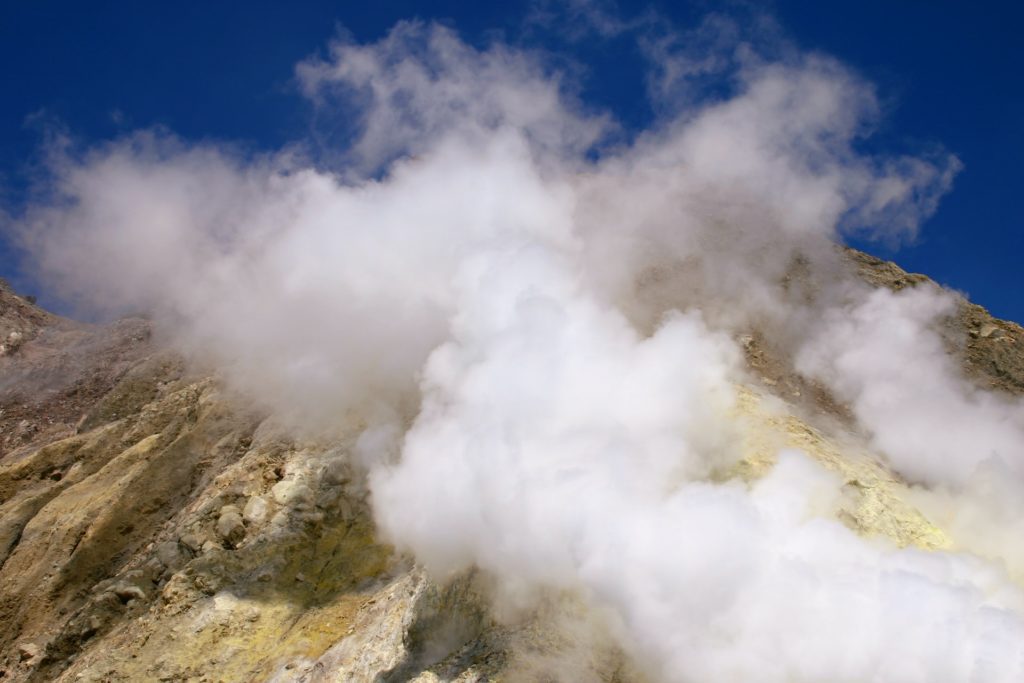
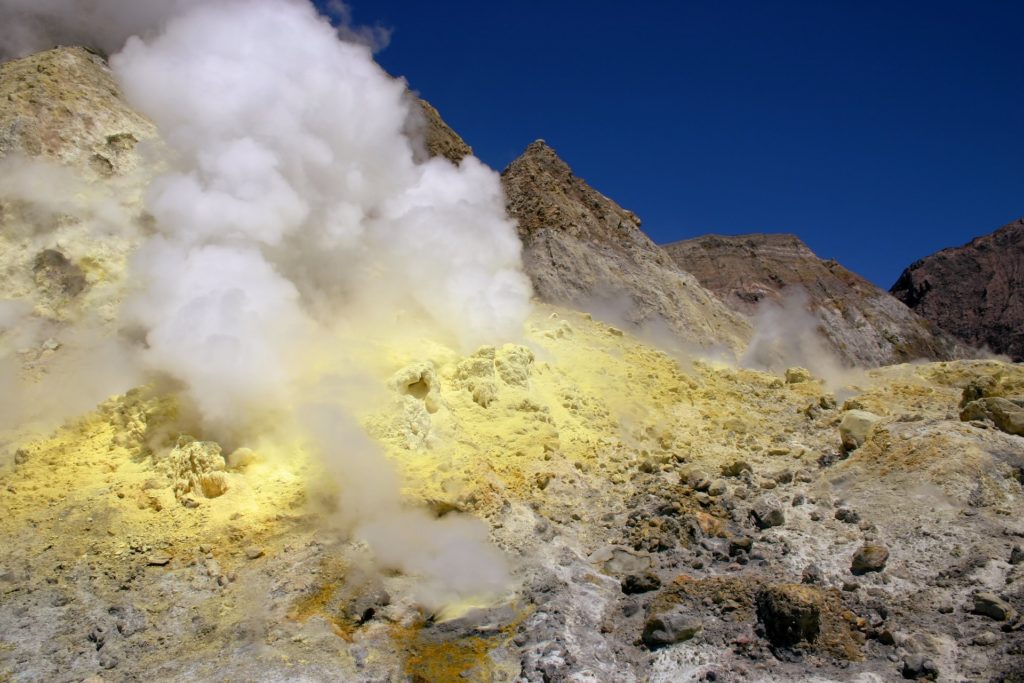
Even though this island has been an active volcano for around 150,000 years until very recently, it was possible to visit it physically. Today, it’s only possible by scenic flights or having a closeup experience at the Whakaari.


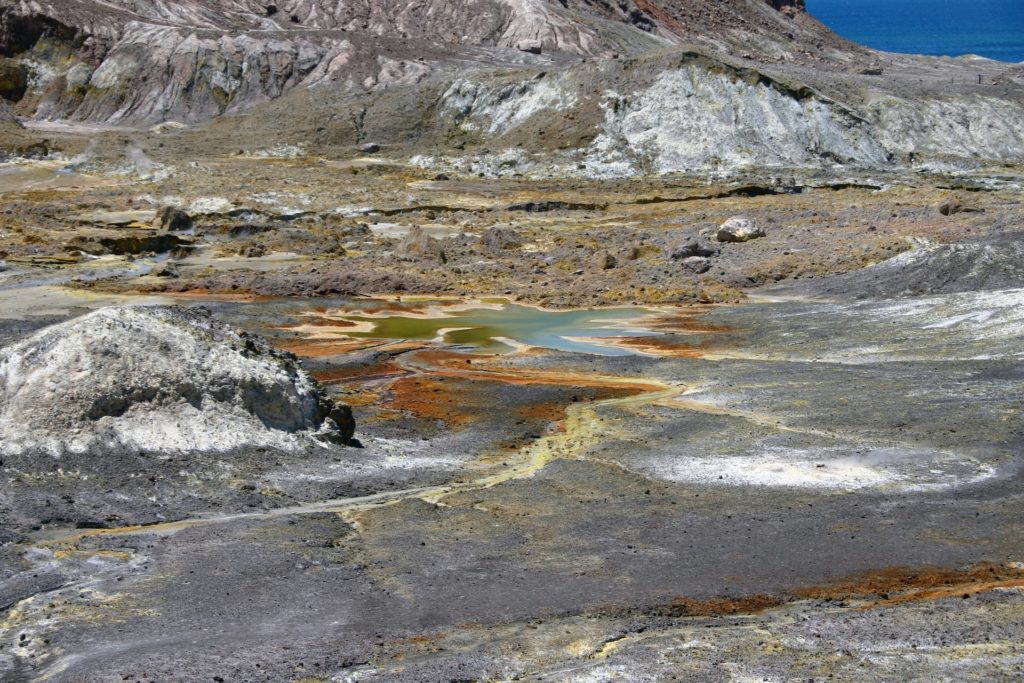
Between 2011 and 2016, the volcano increased in activity. Nonetheless, the tour companies would continuously bring people from around the world to visit the island. An estimated 10,000 tourists a year. In the afternoon of December 2019, forty-seven people visited the island, twenty-two people died, and two people were never found. The scars of that day will remain with some survivors for the rest of their lives, as they are severely injured.
After an investigation and prosecution, ten organizations and three individuals were changed under the Health and Safety at Work. The charges are due to a lack of health and safety requirements. So from that day, no more boats unload tourists to visit the island.
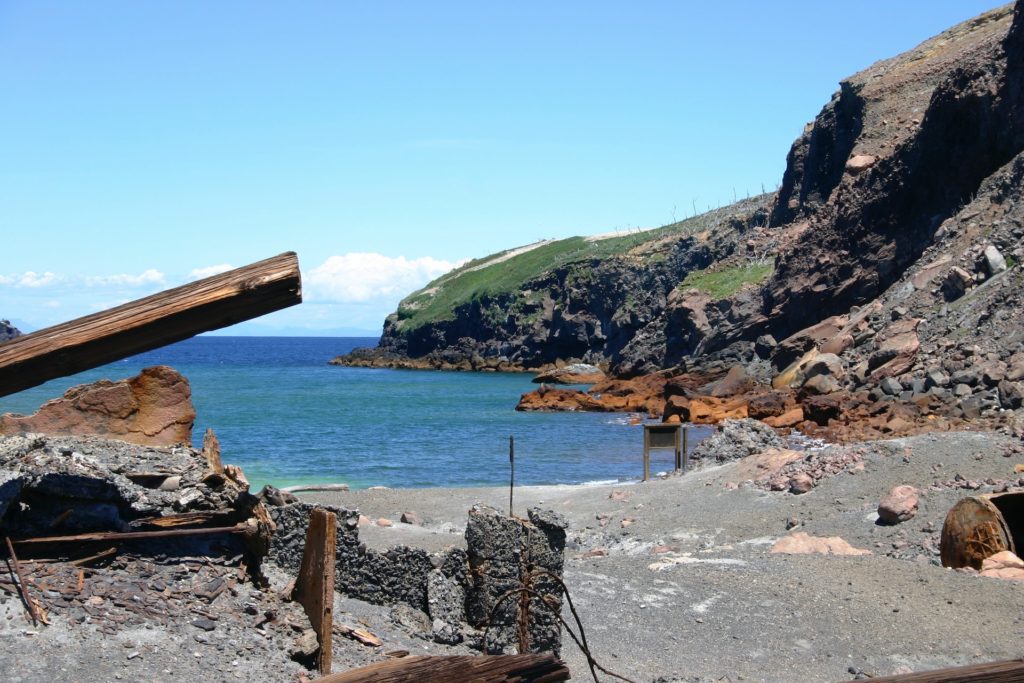
Did you know that in the late 1920s, a sulfur mine existed in Whakaari? That’s right! Someone thought it was a good idea to go to an island with a volcano that frequently explodes. In September 1914, the volcano exploded again, killing ten miners when part of the crater wall collapsed, causing a landslide. The only survivor was a cat named Peter the Great!
A decade later, a lack of profitability led to the closure of the mine. George Raymond Buttle purchased the island in 1936 and remains the current owner. It was designated as a private scenic reserve in 1952.
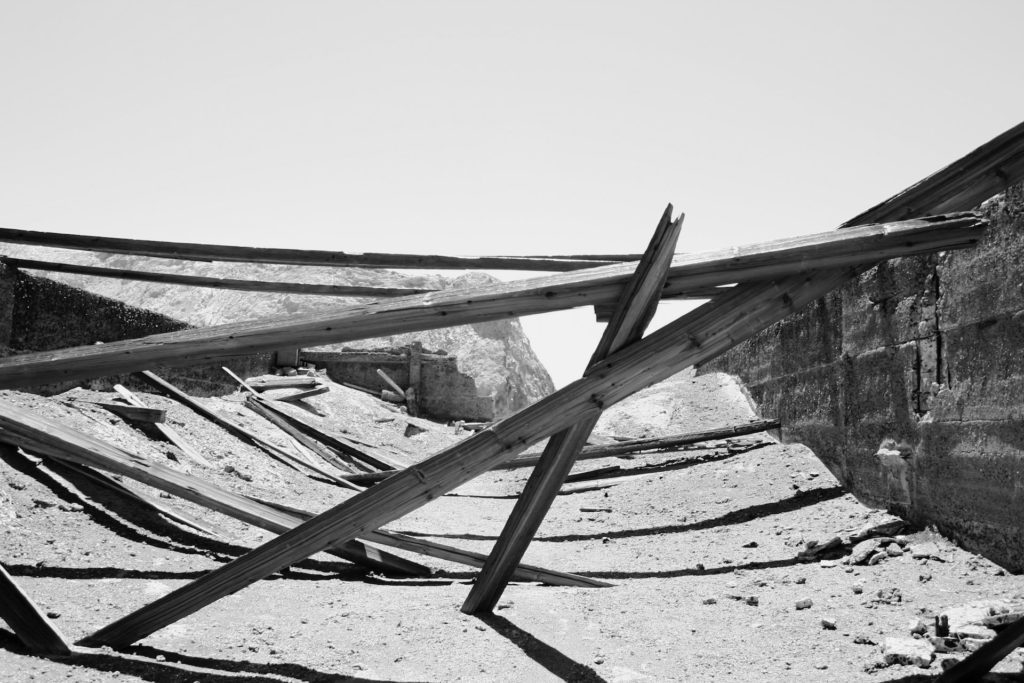
Besides, the Whakaari volcano, New Zealand, has eight more. See the Active volcanoes and eruptions in New Zealand.
If you are a person who loves adventure and has never been near a volcano, you can visit a few here in New Zealand. I would not advise going physically there, but close enough that you can enjoy the view of the magnitude of this natural phenomenon.
All Nature’s wildness tells the same story: the shocks and outbursts of earthquakes, volcanos, geysers, roaring, thundering waves and floods, the silent uprush of sap in plants, storms of every sort, each and all, are the orderly, beauty-making love-beats of Nature’s heart.
– John Muir

